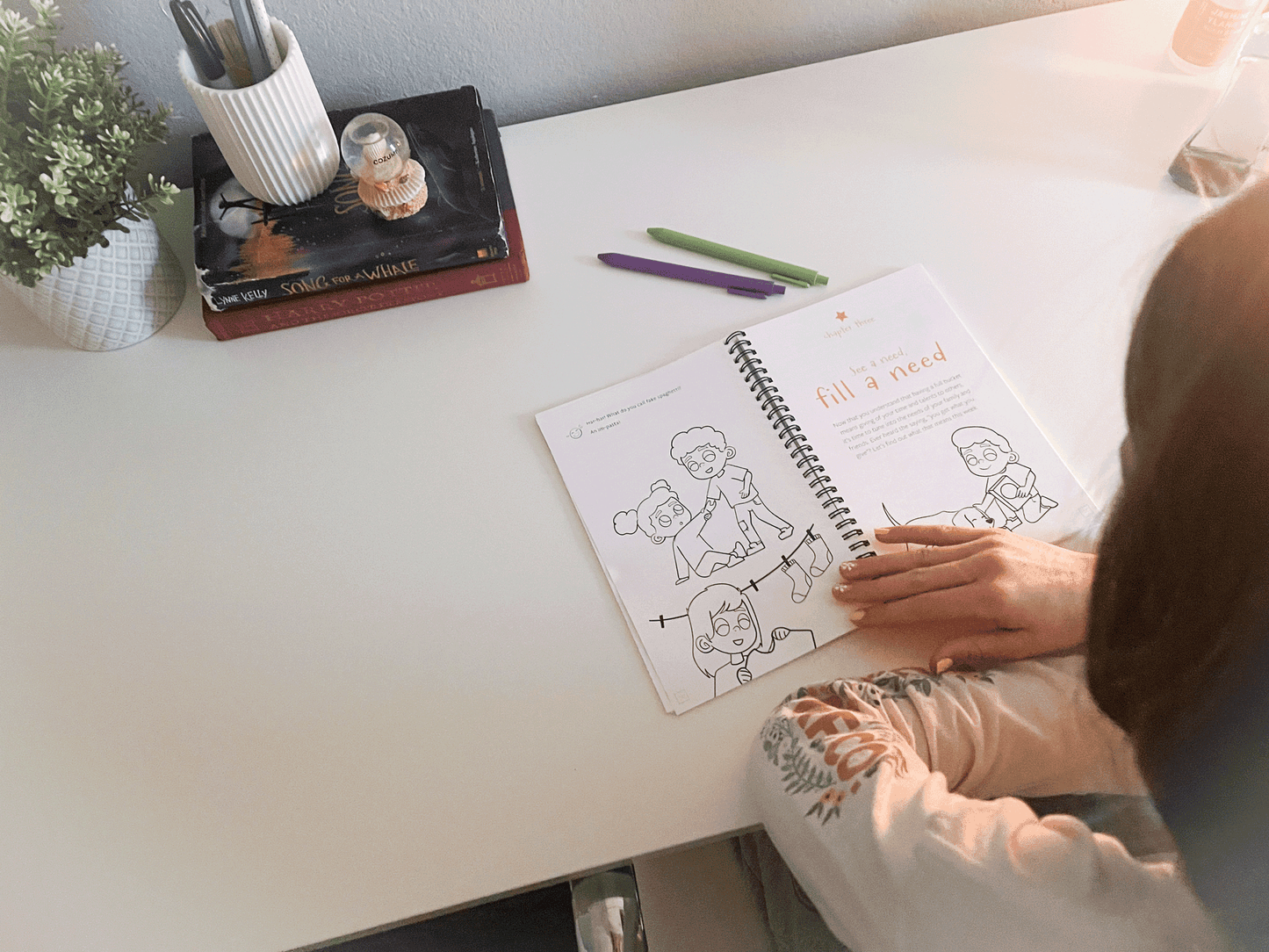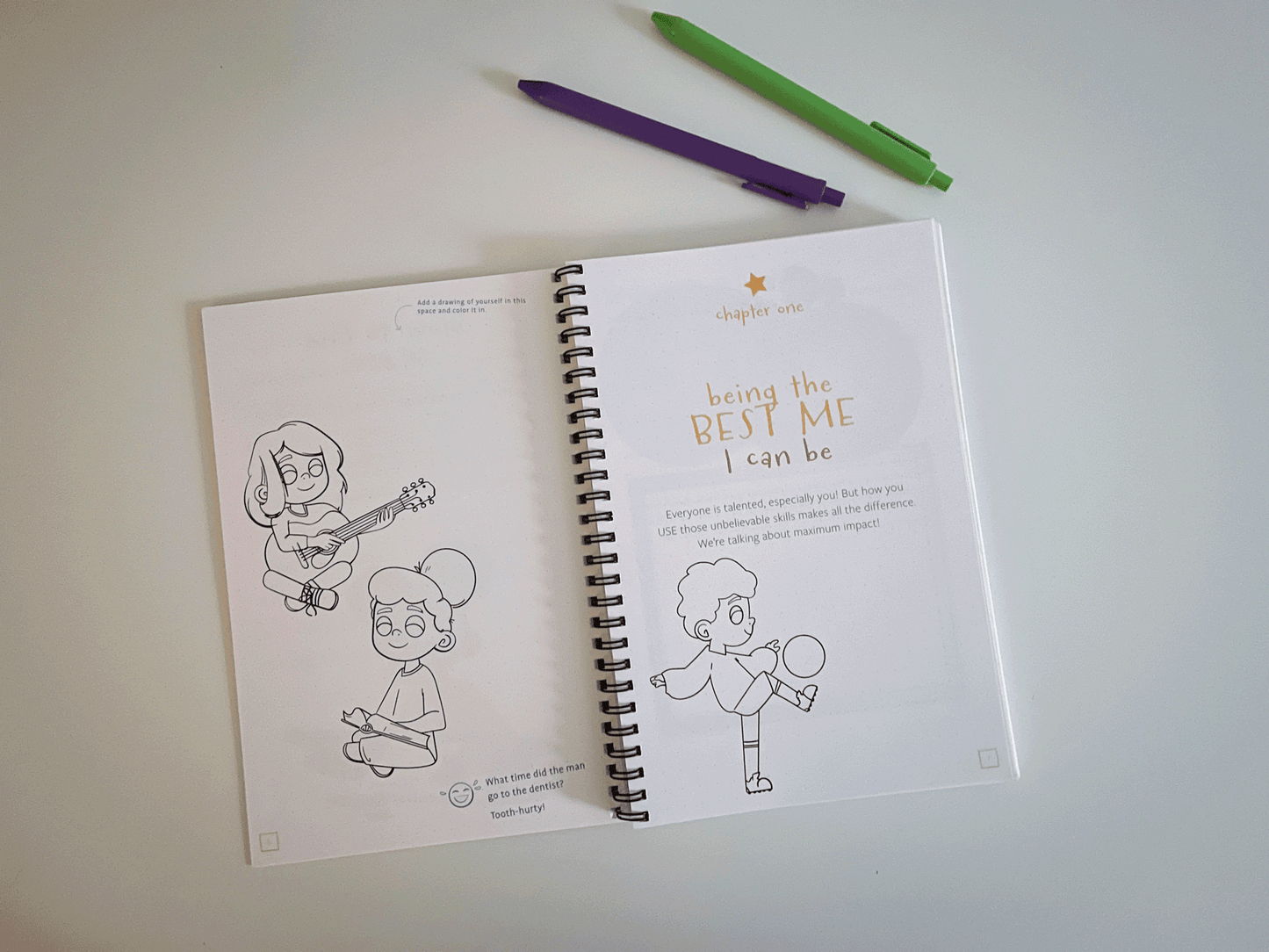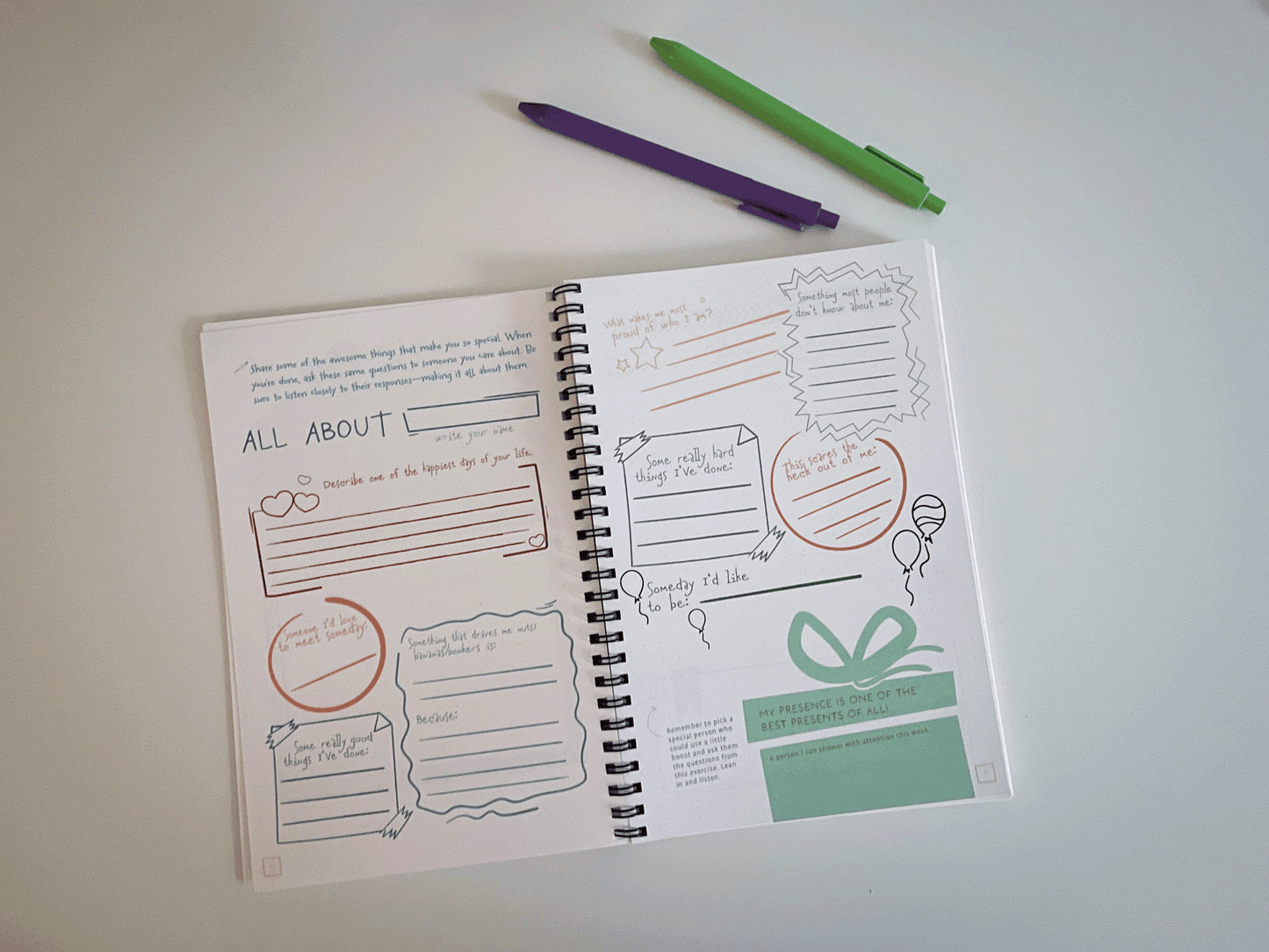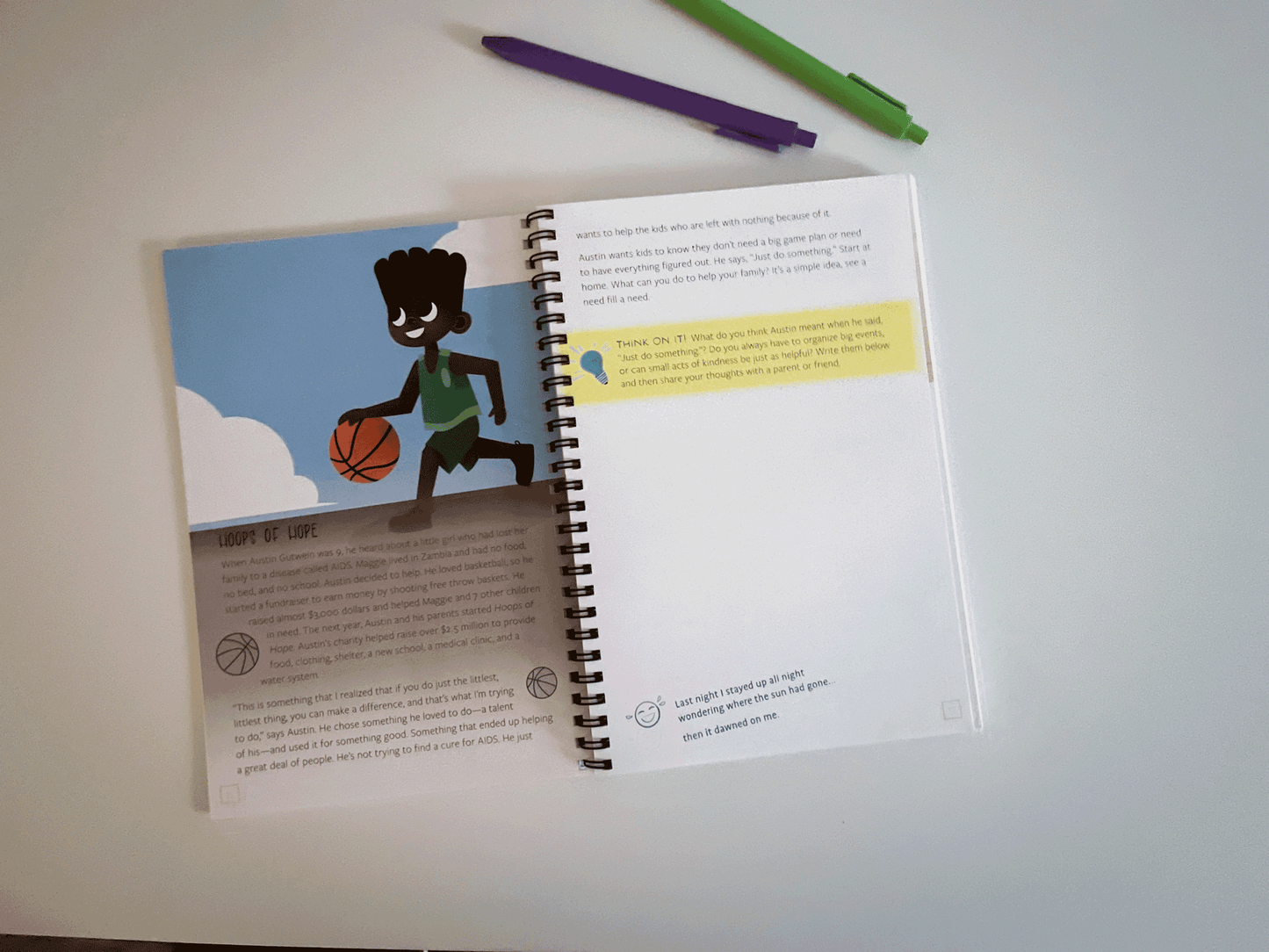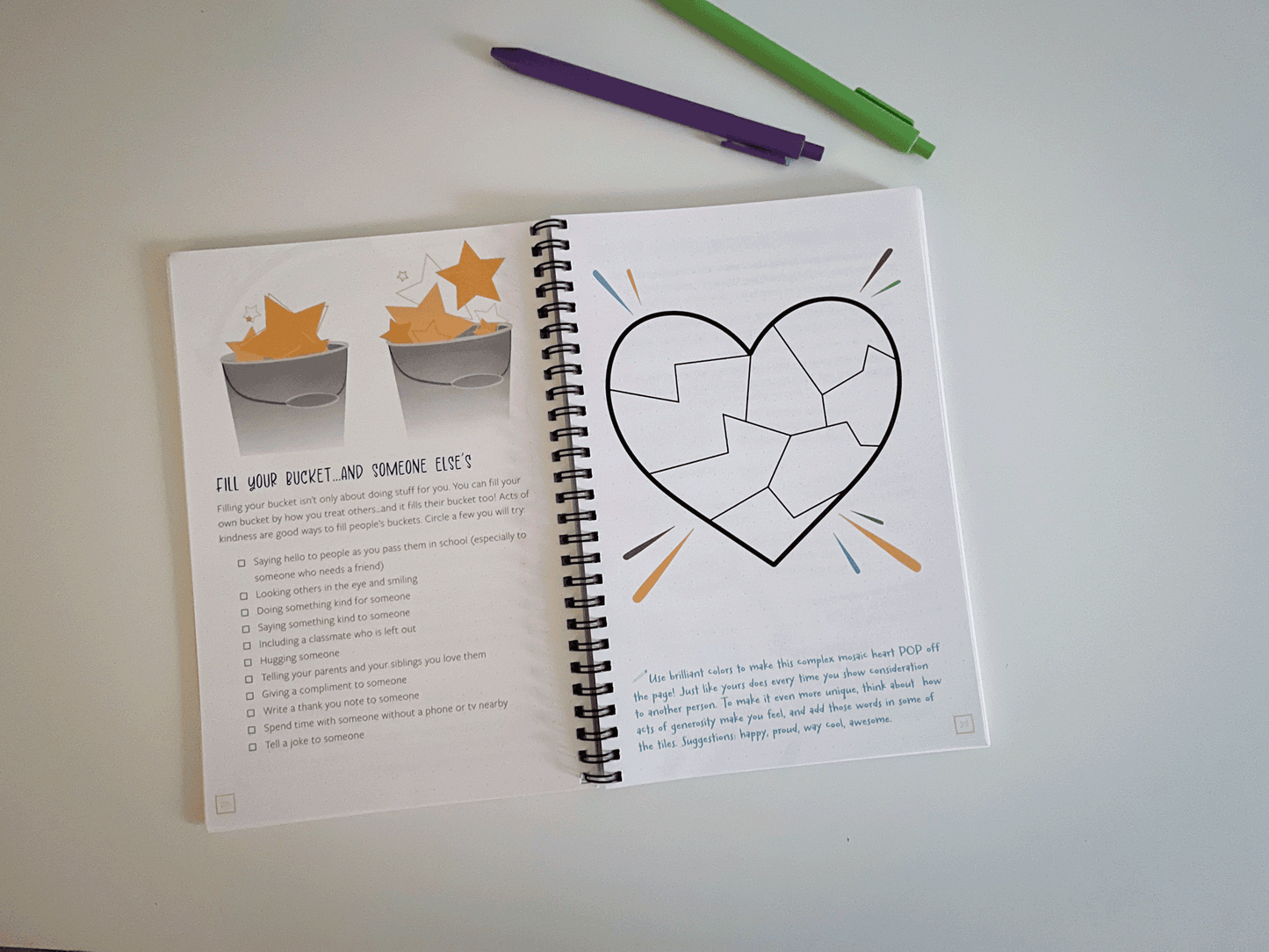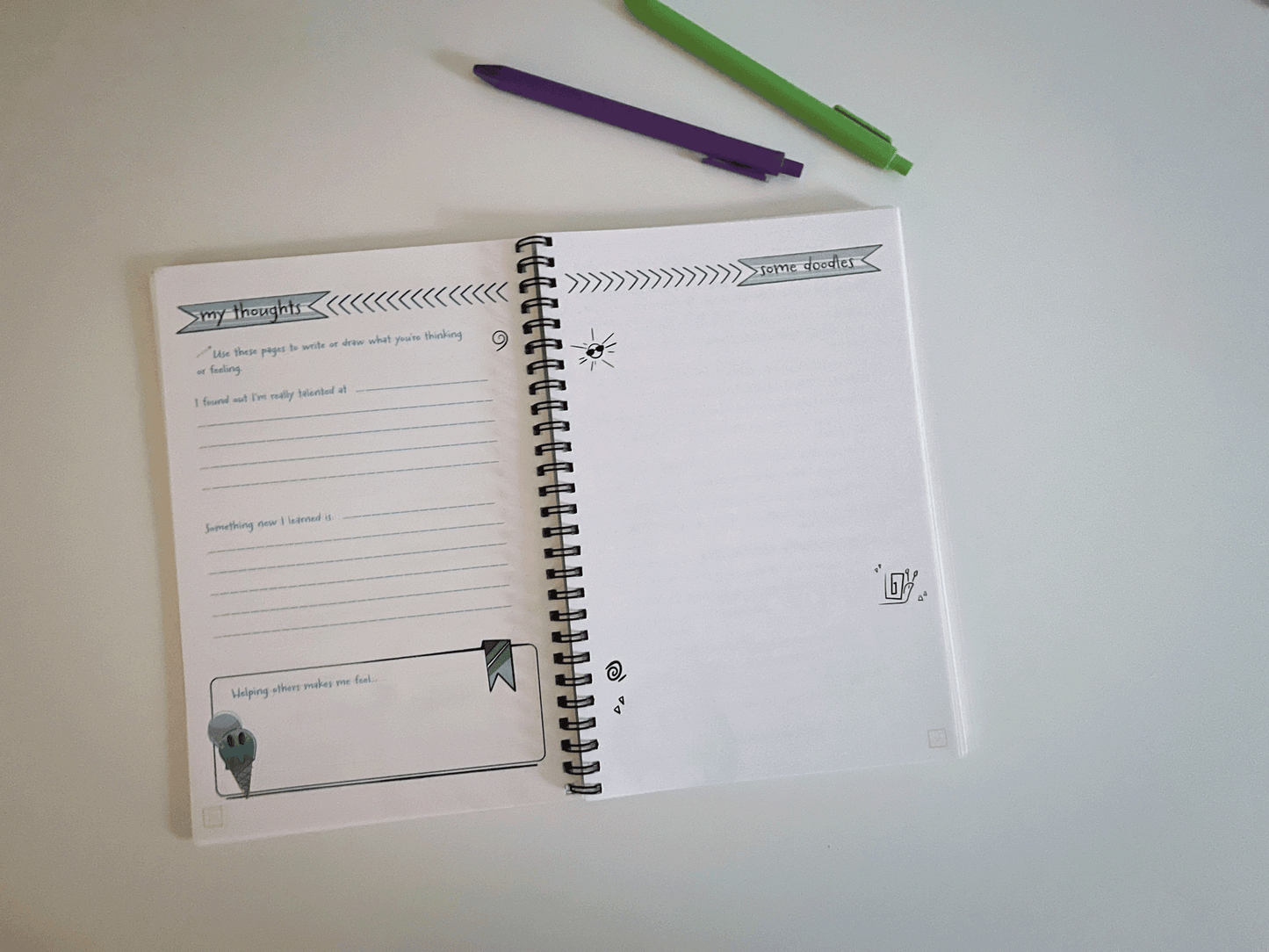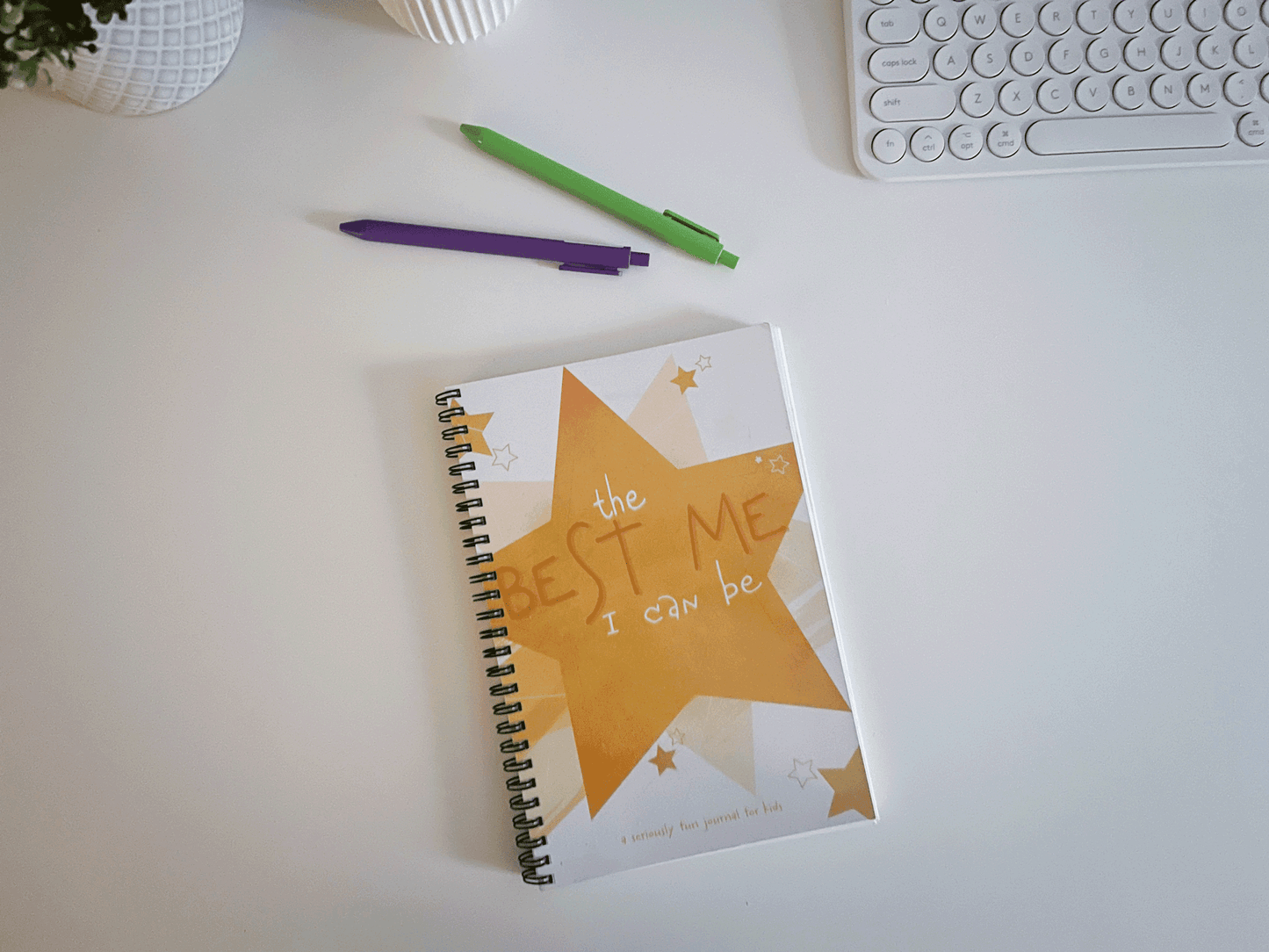
As I sat planning our upcoming lessons with our homeschool co-op, I heard an ear piercing shrill. It didn’t talk long to find Tony, my two-year-old, rolling on the floor screaming. A week of vacation bedtimes crippled his ability to reason with big five-year-olds when they sought his toy. So he resorted to the only strategy he could think of at the time – a full blown temper tantrum.
As the tantrums continued in full swing over the next week, I sought ways of practicing impulse control. How could I teach my sweet two-year-old to communicate without screams and to handle disappointment in a way that honors those around him? Making impulse control a top priority, our family implemented a variety of games, strategies, and new behaviors last month. Though his impulsive behavior has not been totally eradicated, the frequency, intensity and duration of his fits have all been greatly reduced. Here’s how…
#1 Calm Breeds Calm. Many will tell you that your child will feed off your emotion. While this is true, your child may also be experiencing some intense emotions of her own. A new environment or an unfamiliar face may trigger mild anxiety in your child. Taking time to address and calm her fears may put her at ease so that she can utilize calmer strategies.
#2 Prepare, Prepare, Prepare. Like me, my children like a fair amount of routine or understanding when approaching situations. Since they do not yet have the life experience to guide them through these situations, I spend most of my day talking them through what to expect and what I expect out of them. My day is filled with phrases such as this, “After lunch we can go to the park for 45 minutes. When it is time to go we will leave with happy attitudes. Are you up for that?” This not only gives them the layout for the day and my expectations, but also gives them the chance to choose to cooperate in advance. As long as I hold them accountable for their actions , this wards off many, many fits.
#3 Find The Triggers. As I began looking for specific triggers, I realized some high value toys in our house were hard to share. So I asked him to put them up before friends visited which helped him relax. Sleep deprivation, as mentioned above, was also a huge trigger. I had to make his sleep patterns a huge priority, even during special circumstances such as vacations. A third thing I noticed was that simply mentioning the name of another two-year-old caused my toddler to tense up. My husband and I thought it best to take a couple week playdate break from this family (whom we love dearly!). During that time we coached Tony on how to act and react with their little guy. On our next playdate, the two interacted like best buds! While triggers cannot always be eliminated, it is possible to reduce their effects by proper coaching, empathy, and creating space for the child to unwind when he feels stressed.
#4 Encourage Words. Tony is very articulate. He got praised for his verbal ability at every doctor’s checkup. Yet when he feels uncertain or stressed, words are the last things he wants to use. We are continually encouraging him to use his words at all times. Our continual refusal to grant requests made by screams, grunts or shills and patience to wait for him to use words is beginning to pay off. I will hug, kiss, smile, hold, and laugh with him but will not accommodate his wishes until he asks with words.
#5 Monitor Yourself. It can be so easy to get caught up in the frustration on the 500th time your child throws a fit that day. But it is critical to stay as calm and patient on the 501st time as it was on the first. This teaches your child that it is possible to stay calm when you too want to scream. If you have the patience, let your child in on some of the strategies you use to practice patience such as taking a few seconds to calm down, breathing deeply, or focusing on the good in the situation. Before long, you’ll probably find that your child is trying out some of your strategies and maybe a few of her own.
#6 Practice Specific Strategies. Some kids are born with more self-control than the average adult. But for all the others, they are going to need coaching in new ways to solve their problems. Develop and practice self control strategies specific to your child. If your child is aggressive, give them a squeeze ball. If overwhelmed, give them a place to retreat. Frustrated? Take a walk in nature and look for beauty. Grouchy? Start a tickle war. Even a genius like Einstein retreated to play his violin when trying to tackle seemingly insurmountable problems. There’s a million ways to practice patience. Find ones that fit.
#7 Purposely Delay Gratification. When our children do great thing, we want to reward them right away. Yet purposefully delaying gratification can be so valuable too. Try by having your child wait for a specific time before getting their reward (after I wash my hands) then lengthen to time between the behavior and the reward. Or put a cotton ball in a jar when your child demonstrates a desired behavior. At five cotton balls give the reward. These rewards teach your child that controlled behavior has positive consequences and those consequences are worth waiting for. Note: This will only work if you follow through on your end. A consistent lack of follow teaches the opposite message.
#8 Play Self-Control Games. Learning is always best when it’s fun. And self-control games take the pressure out of impulse control. So liven it up and make it fun with games like Red Light, Green Light or the
#9 Freeze Dance. The important part of these games is that your child is asked to stop a behavior she likes. Once she gets that down make it more complex by also asking her to do another behavior instead of her desired one.
#10 Celebrate Successes. In the midst of the storm, it can be difficult to see the successes. Take the time to see that tantrums can be measured in different ways. Three easy ways to assess progress are frequency, intensity and duration Frequency means how often your child is throwing a tantrum. Intensity measures the strength of the tantrum. And duration looks at how long a tantrum lasts. A child who reduced his number of daily tantrums from ten to three is moving toward the no tantrum goal. Celebrate!
Growing out of tantrums takes time and great patience on your and your child's part. With intentional guidance you can help to develop your child’s patience and transition out of tantrums.





